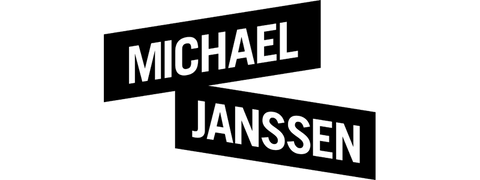Christoph Steinmeyer - Situation Suites
27 April – 16 June 2018
Clouds gather in a forest. A ship teeters on a mountain peak. Mechanics labor among glaciers. A bedroom looks in on itself. These are but a few of the nearly impossible scenarios one finds in Christoph Steinmeyer’s solo exhibition SITUATION SUITES at Galerie Michael Janssen.
Steinmeyer’s paintings challenge viewers and the very act of viewing, and they have prompted curator and critic Mark Gisbourne to position them in a category located between archaic and modern-day notions of amazement. In his essay, appropriately titled “From Wonderous Gaze To Marvellous Presence,” Gisbourne calls attention to the “distant, if not to say at times, somewhat puzzling realities” presented in SITUATION SUITES—a quality that gives them a surrealist tinge. But as he suggests with his citations of Aristotle, Descartes, Kant, and Borges, the works are as much in conversation with philosophy, literature, and music as they are with the history of art and the language of dreams.
These connections are explicit in Robert Browning Ouvertüre C. Ives (2018) and Clout, Save Me (2018). The former pays tribute to an early 20th-century overture by the American composer Charles Ives, which was, in turn, a tribute to the Victorian-era poet Robert Browning. The latter title references a ‘70s South African rock band, whose name (Clout) is the source of Steinmeyer’s pun. Both depict a cumulonimbus cloud amassed in the heart of a dark woods. At a glance they look identical except for differences in scale and tone. Despite their shared content, they are discreet artworks, which independently came into being during separate painterly actions. It is the artist’s mark—the evident hand—that diverts these works from being mere hyper/photorealistic duplicates. Significantly, they are known by different names linking them to different external influences—a conceptual gambit on the part of the artist, which deflects twinning and confounds the pictorial traditions to which they contribute.
Similar strategies are used elsewhere in the exhibition, albeit with a twist or flip. For example, the sailing ship in Das Dokument (2014) is reiterated in the smaller 22.03.2022 (2018). The vessel is still perched on a mountain peak and is still being (ironically) photographed by a mariner, but the images mirror each other, further layering the complexities already in play. This mutual inversion also occurs in the set Das Rennen (2015) and Das Rennen (Stop) (2018). Although their titles lead one to think the paintings might be depicting the same scene, the parenthetical “stop” truncates this thought. Halt those assumptions! It says. Not all pit stops are the same, even if they appear to be. Just as not all paintings of pit stops are the same, even if they tease the viewer into thinking they are.
Perhaps the most mind-bending element of the show is the namesake Situation Suite (2018). According to Gisbourne, the piece provides “a key to other paintings in the exhibition,” in that it opens “onto a world that appears eloquently plausible in the first instance, but when closely scrutinised reveals an unfolding conundrum of visual contradictions.” Here Steinmeyer has compounded his formal and conceptual antics into a single image: a mutely colored bedroom. From outside the frame, it seems possible the room is sandwiched between mirrors, yet not even a simple mise en abîme is spared the artist’s sabotage, for the reflections do not correlate to their context. And even if they did accurately repeat the interior design, they would do nothing to explain the liquesent downward pull occurring in the foreground—a proverbial slippery slope, which takes us into a mysterious world where causal relationships no longer abide by common expectation. Instead, the uncanny prevails.
Text: Patrick J. Reed




